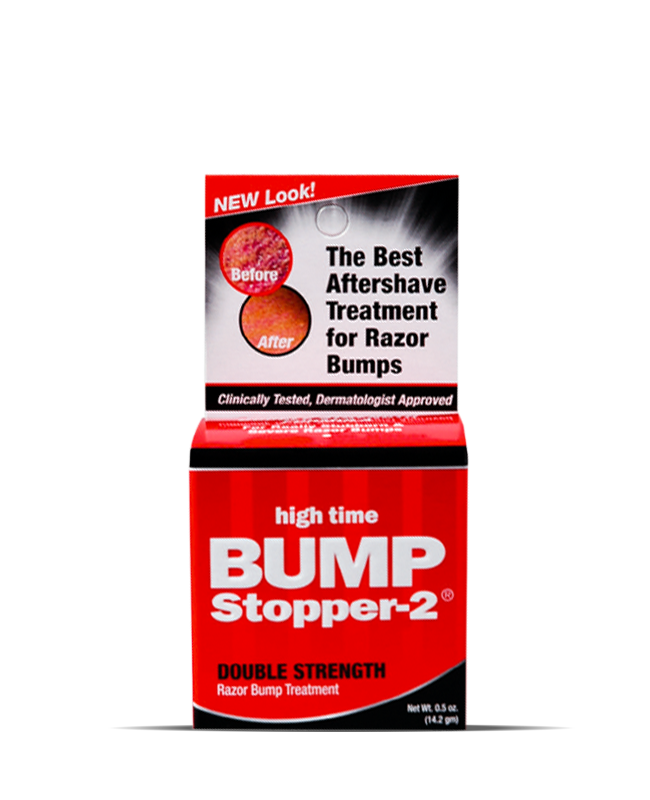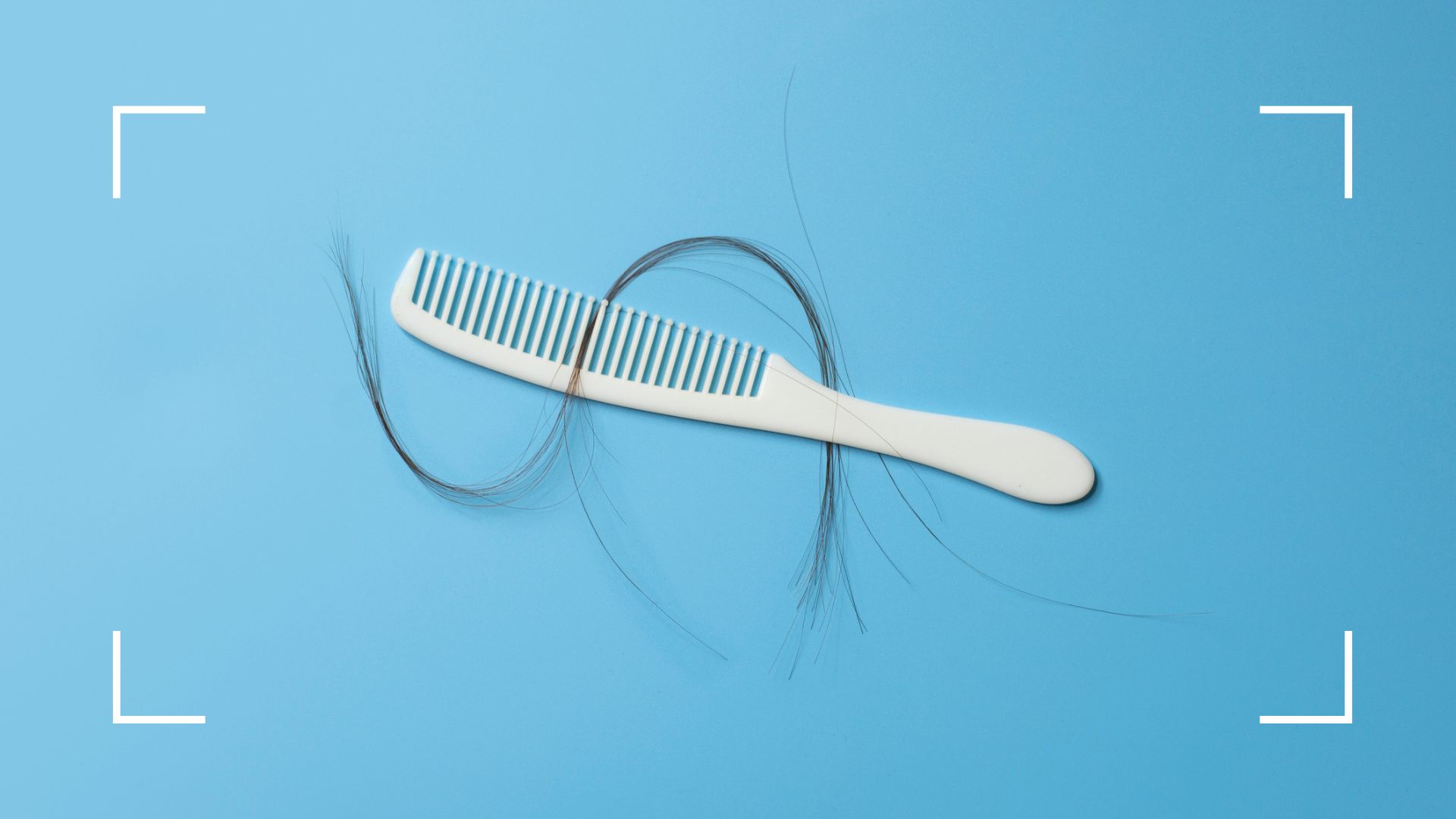Hair loss is a concern that affects millions of people worldwide, and there are countless factors that can contribute to it. One such factor that has sparked debate in recent years is the use of bump stoppers. If you're wondering, "Does bump stopper cause hair loss?" you're not alone. Many people are seeking answers to this question, and in this article, we will delve into the science behind bump stoppers and their potential impact on hair health.
Hair loss can be distressing, and it's essential to understand the various factors that might contribute to it. Bump stoppers, often used to prevent scalp injuries during sleep, have been linked to hair loss in some cases. However, the connection is not as straightforward as it may seem. In this article, we will explore the topic in detail, providing you with the information you need to make an informed decision.
Whether you're considering using a bump stopper or are already using one and concerned about its effects, this article will guide you through the science, risks, and alternatives. We'll also provide expert insights and actionable tips to help you maintain healthy hair while addressing any scalp concerns you may have.
Read also:Napa Valley Coffee Roasting Co Your Ultimate Guide To Premium Coffee
Table of Contents
- What is a Bump Stopper?
- Does Bump Stopper Cause Hair Loss?
- How Bump Stoppers Work
- Types of Bump Stoppers
- Risks Associated with Bump Stoppers
- Alternatives to Bump Stoppers
- Common Causes of Hair Loss
- Preventing Hair Loss
- Expert Advice on Hair Health
- Conclusion
What is a Bump Stopper?
A bump stopper is a device designed to protect the scalp from injury, particularly during sleep. It is often used by individuals who suffer from conditions such as scalp psoriasis, eczema, or other skin issues that make the scalp sensitive to friction or pressure. Bump stoppers are typically worn around the head and are made from soft, cushioned materials to reduce the impact of rubbing or bumping against surfaces.
While bump stoppers can provide relief for those with sensitive scalps, they have also been associated with hair loss in some cases. This has led to concerns among users and healthcare professionals alike. In the following sections, we will explore the science behind bump stoppers and their potential impact on hair health.
The History of Bump Stoppers
Bump stoppers have been around for decades, but their popularity has surged in recent years due to increased awareness of scalp health issues. Initially, they were used primarily in medical settings to protect patients with fragile skin or those recovering from scalp surgeries. However, as more people began experiencing scalp discomfort during sleep, bump stoppers became widely available for home use.
Does Bump Stopper Cause Hair Loss?
The question of whether bump stoppers cause hair loss is a complex one. While some users have reported hair thinning or shedding after using bump stoppers, it's important to note that correlation does not always imply causation. Hair loss can result from a variety of factors, including genetics, hormonal changes, stress, and underlying medical conditions.
However, prolonged use of bump stoppers can contribute to traction alopecia, a type of hair loss caused by excessive tension on the scalp. This occurs when the bump stopper is worn too tightly or for extended periods, leading to stress on the hair follicles. Over time, this stress can weaken the follicles and result in hair loss.
Understanding Traction Alopecia
Traction alopecia is a common condition that occurs when the hair follicles are subjected to prolonged tension. This can happen due to tight hairstyles, headwear, or devices like bump stoppers. Symptoms of traction alopecia include:
Read also:Greg Gutfeld Net Worth A Comprehensive Guide To His Wealth And Career Success
- Hair thinning
- Scalp tenderness
- Visible bald patches
- Increased shedding
It's important to address traction alopecia early to prevent permanent damage to the hair follicles. If you suspect that your bump stopper is causing hair loss, consult a dermatologist for a proper diagnosis and treatment plan.
How Bump Stoppers Work
Bump stoppers are designed to cushion the scalp and prevent friction or pressure during sleep. They are typically made from soft, breathable materials such as foam or fabric and are adjustable to fit different head sizes. The primary function of a bump stopper is to create a barrier between the scalp and any surfaces that may cause irritation or injury.
While bump stoppers can be effective in protecting the scalp, their design and fit play a crucial role in determining their impact on hair health. A poorly designed or improperly fitted bump stopper can lead to increased tension on the scalp, which may contribute to hair loss over time.
Design and Fit: Key Factors
When choosing a bump stopper, it's essential to consider the following factors:
- Material: Opt for bump stoppers made from soft, breathable materials to minimize irritation.
- Adjustability: Ensure the bump stopper is adjustable to fit your head comfortably without being too tight.
- Ventilation: Look for designs that allow for proper airflow to prevent moisture buildup and scalp irritation.
Types of Bump Stoppers
There are several types of bump stoppers available on the market, each designed to address specific scalp concerns. Understanding the differences between these options can help you choose the best one for your needs:
- Soft Foam Bump Stoppers: Ideal for protecting the scalp from minor bumps and bruises.
- Fabric-Encased Bump Stoppers: Offer additional comfort and breathability.
- Custom-Fitted Bump Stoppers: Designed specifically for individuals with unique scalp conditions or injuries.
Choosing the right type of bump stopper depends on your specific scalp concerns and lifestyle needs. Consult with a healthcare professional if you're unsure which option is best for you.
Risks Associated with Bump Stoppers
While bump stoppers can provide relief for those with sensitive scalps, they are not without risks. Some of the potential risks associated with bump stoppers include:
- Traction Alopecia: As discussed earlier, prolonged use of bump stoppers can lead to hair loss due to excessive tension on the scalp.
- Scalp Irritation: Poorly designed or improperly fitted bump stoppers can cause irritation, redness, or itching.
- Moisture Buildup: If the bump stopper does not allow for proper ventilation, it can trap moisture, leading to fungal infections or bacterial growth.
It's important to weigh the benefits and risks of using a bump stopper before making a decision. If you experience any adverse effects, discontinue use and consult a healthcare professional.
Alternatives to Bump Stoppers
If you're concerned about the potential risks of using a bump stopper, there are several alternatives you can consider:
- Silk Pillowcases: Silk pillowcases reduce friction on the scalp and hair, making them a gentler option for those with sensitive scalps.
- Scalp Massagers: These devices can help improve blood circulation to the scalp, promoting healthy hair growth.
- Topical Treatments: Over-the-counter or prescription treatments can address underlying scalp conditions without the need for a bump stopper.
Exploring alternative solutions can help you address scalp concerns while minimizing the risk of hair loss. Consult with a dermatologist or healthcare professional to determine the best option for your needs.
Common Causes of Hair Loss
Hair loss can result from a variety of factors, and it's important to understand the underlying cause before seeking treatment. Some of the most common causes of hair loss include:
- Genetics: Hereditary factors can play a significant role in hair loss, particularly in conditions like male or female pattern baldness.
- Hormonal Changes: Fluctuations in hormones, such as during pregnancy or menopause, can lead to temporary or permanent hair loss.
- Medical Conditions: Conditions such as alopecia areata, thyroid disorders, and autoimmune diseases can cause hair loss.
- Stress: Physical or emotional stress can trigger a condition called telogen effluvium, leading to increased shedding.
Identifying the root cause of your hair loss is essential for effective treatment. Consult with a healthcare professional for a proper diagnosis and personalized treatment plan.
Preventing Hair Loss
While some causes of hair loss are beyond our control, there are steps you can take to promote healthy hair growth and minimize the risk of shedding:
- Maintain a Balanced Diet: Ensure your diet includes essential nutrients like protein, iron, and vitamins that support hair health.
- Practice Gentle Hair Care: Avoid tight hairstyles, harsh chemicals, and excessive heat styling to reduce stress on the hair and scalp.
- Use Gentle Hair Products: Choose products formulated for sensitive scalps to minimize irritation and promote healthy hair growth.
- Seek Professional Advice: Consult with a dermatologist or trichologist for personalized recommendations and treatments.
By adopting these preventive measures, you can help maintain healthy hair and reduce the risk of hair loss.
Expert Advice on Hair Health
When it comes to maintaining healthy hair, expert advice can be invaluable. Dermatologists and trichologists recommend the following tips for promoting hair growth and preventing hair loss:
- Regular Scalp Examinations: Monitor your scalp for signs of irritation, inflammation, or other abnormalities.
- Consistent Hair Care Routine: Establish a routine that includes gentle cleansing, conditioning, and scalp massages.
- Stay Informed: Keep up-to-date with the latest research and treatments for hair loss and scalp conditions.
Following expert advice can help you maintain healthy hair and address any concerns before they escalate. If you're unsure where to start, consult with a healthcare professional for personalized guidance.
Conclusion
In conclusion, the question of whether bump stoppers cause hair loss is complex and depends on various factors, including the design, fit, and usage of the device. While bump stoppers can provide relief for those with sensitive scalps, they must be used with caution to avoid potential risks such as traction alopecia or scalp irritation.
By understanding the science behind bump stoppers and their potential impact on hair health, you can make an informed decision about whether they are the right choice for you. Additionally, exploring alternative solutions and adopting preventive measures can help you maintain healthy hair and address any scalp concerns effectively.
We invite you to share your thoughts and experiences in the comments below. Have you used a bump stopper? Did it affect your hair health? Let us know, and don't forget to explore our other articles for more insights on hair care and scalp health.


